Things I Have Learned In Rio, Brazil
“Travel is the only thing you can buy that makes you richer” Unknown
Rio is named for a river that doesn’t exist. According to tradition, it was first visited in January 1502 by Portuguese explorers, who believed the bay they encountered (now called Guanabara Bay) was the mouth of a river. They named the area Rio de Janeiro, “River of January.”
Rio was capital of Brazil from 1763 until 1960, when that role was transferred to Brasilia.
Rio’s locals are called carioca (a name also sometimes applied as an adjective to the city itself). It may have come from kari ola, or “white man’s house” in the indigenous Tupi language.
The food scene in Rio is laid-back. ( feijoada)
You can happily grab some fried bar snacks and a caipirinha to enjoy on the beach, or head straight from the beach to a rodizio (all-you-can-eat). The tropical influence is also evident in the many choices of fruit juice stands (on every corner in Rio), and the abundance of açaí.
Cariocas have a habit of putting mustard and ketchup on their pizza. There are also amazing five-star and cool trendy restaurants with delicious food.
In Brazil, there’s soccer (or futebol) and then everything else. Brazilians are obsessive, diehard fans and just about everyone plays, especially at the beach. Even for the Americans who now grow up playing soccer, your skills are no match for the footwork and volleying on display at the beach in Rio. Even the younger groups of kids are able to pass the airborne ball back and forth, using every part of their bodies from their heads to their shoulders to their knees, like its nothing.
Rio explodes with energy and color during the five days before Ash Wednesday, when millions take to the streets for the world’s biggest Carnaval. The party starts on the Friday, when the mayor hands over the keys to the city to a man crowned as King Momo, a mythical jester who acts as the head of the festivities. Rio’s Carnival features hundreds of booze-soaked bandas (riotous street parties, often with specific themes) and elaborate balls. The party reaches its height at the Sambódromo, when the best samba schools in the country compete for top prize. On Ash Wednesday Carnival is officially over, and King Momo goes home.Carnaval has been called one of the seven wonders of the world.
In 2014, Rio de Janeiro legalized street art on many types of city property, turning the already colorful city into an outdoor art gallery. Street artists are allowed to decorate columns, walls and construction siding so long as they’re not historically designated. The city has even created a quasi-government agency, Eixo Rio to regulate the city’s urban artists, and celebrates an official Graffiti Day on March 27—the date Brazilian graffiti pioneer Vallauri Alex died in 1987.

Carmen Miranda conquered the silver screen as a singer, dancer and actress in both Brazil and America in the mid-20th century. The Carmen Miranda museum is filled with memorabilia including her trademark platform heels and towering turbans of plastic or sequined fruit.
Rio de Janeiro became a World Heritage Site in 2012.
Rio is where you will find two of the world’s most famous beaches – Copacabana and Ipanema. Ipanema isn’t as hectic and the waters are cleaner. When you’re in Ipanema make sure to stop into Garota de Ipanema as it is where the famous song The Girl from Ipanema was written.
The Art Deco Copacabana Palace built in 1923 faces the beach. It has hosted the rich and famous for ninety years. You definitely feel old Rio when you are there even though it has been completely redone.
.There are two great places to get away from the craziness in Rio de Janeiro.The Botanic Gardens covering over 130 hectares is extremely peaceful and home to over 6,000 types of plants and trees. The Tijuca forest is the largest urban rainforest in the world. Here you can go on hiking trails, admire waterfalls and much more. (Tijuca forest)
Museu de Arte de Rio (MAR) is Rio’s newest art museum. It is part new modern building linked with a traditional building by a canopy supported by pillars. The views of Guanabara Bay and the massive Rio-Niterói Bridge from the top floor are amazing. There is classic and contemporary art as well as an interesting exhibit on the history of Rio.
The Museu del Arte Moderna is another incredible building designed by architect Affonso Eduardo Reidy.
It houses one of the most comprehensive collections of Brazilian art in existence and interesting temporary exhibitions as well.
The Biblioteca Nacional is the largest library in Latin America, In addition to the books, visitors can also delight in the library’s stunning neo-classical architecture and intricate Corinthian columns.
Brazil’s most famous dance – samba – has its origins from the African slaves that worked in the plantations in the State of Rio de Janeiro There are more than 200 samba schools in Rio.
Lapa is known as the best place in Rio to experience nightlife. This fun and unique neighbourhood comes alive at night, when Samba music can be heard pouring out of nearly every doorway and locals can be seen swinging their hips away while sipping on tasty cocktails. It is filled with row after row of live music venues, tapas bars, and thumping clubs.
I have to thank my guide Gabriel Morand who went above and beyond to make sure I had an amazing time in Rio. I saw everything I wanted to see, ate well and bought everything I needed to buy. I loved Brazil and can’t wait to return.
Tenha Uma Boa Viagem,
JAZ









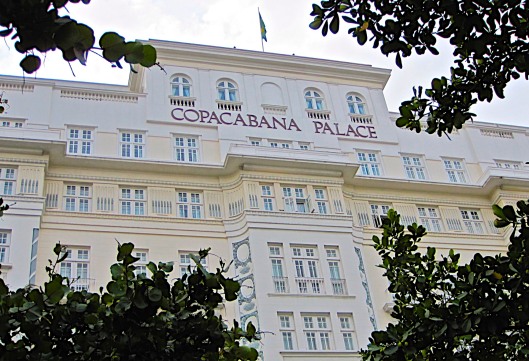











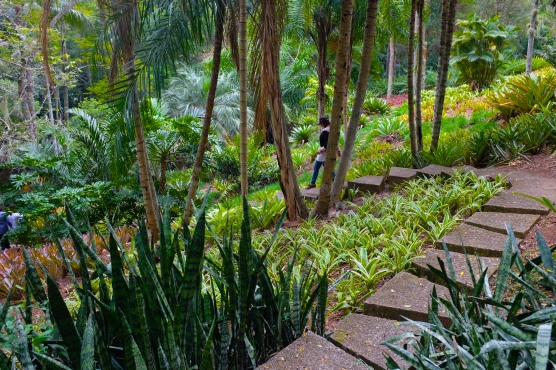































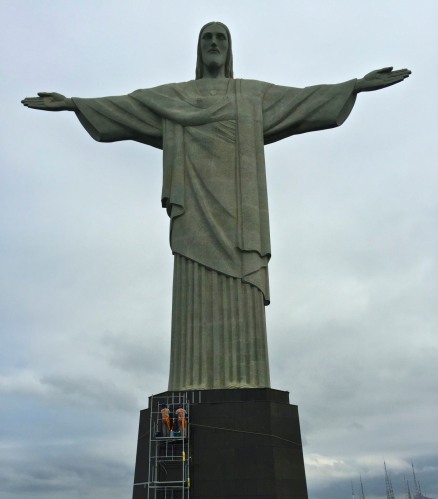

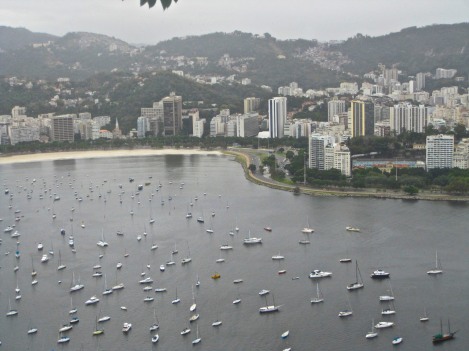


























































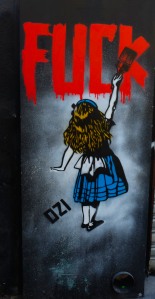
You must be logged in to post a comment.